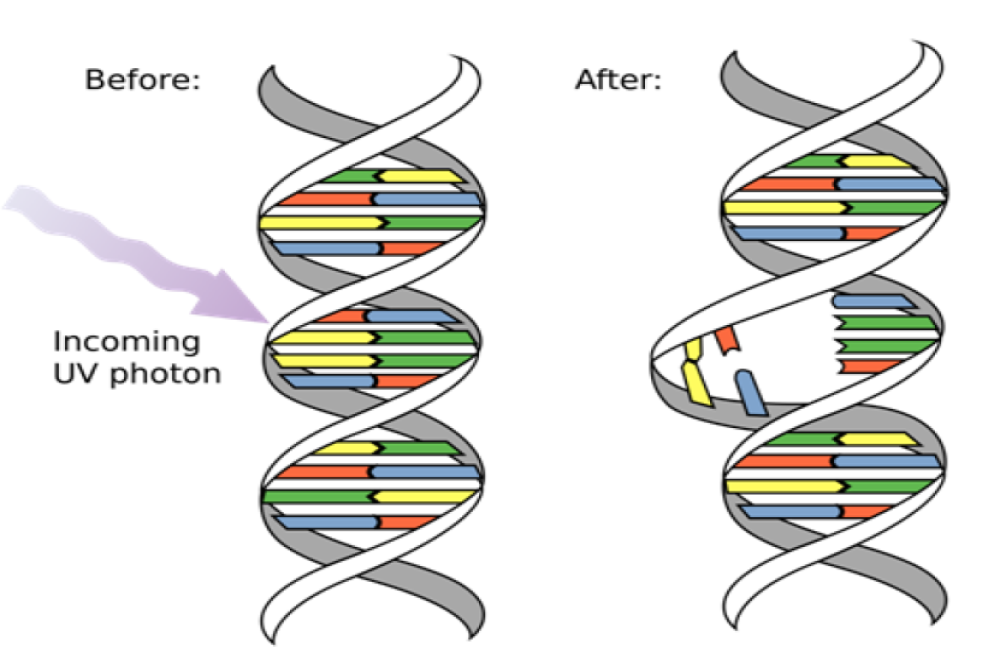Authors: | Original story from University of Nebraska–Lincoln, Credit: Pete Linforth/ Pixabay
New research from the University of Nebraska-Lincoln has shown that the mutations arising in the COVID-19-causing SARS-CoV-2 virus seem to run in the family — or at least the genus of coronaviruses most dangerous to humans.
After comparing the early evolution of SARS-CoV-2 against that of its closest relatives, the betacoronaviruses, the Nebraska team found that SARS-CoV-2 mutations are occurring in essentially the same locations, both genetically and structurally.
The mutational similarities between SARS-CoV-2 and its predecessors, including the human-infecting SARS-CoV-1 and MERS-CoV, could help inform predictions of how the COVID-causing virus will continue to evolve, the researchers said.
“The problem of looking at only one virus at a time is that you lose the forest for the trees,” said Katherine LaTourrette, a doctoral student in the Complex Biosystems program at Nebraska. “By looking at this big picture, we were able to predict the mutational nature of SARS-CoV-2.
“That gets into these questions of: Are vaccines going to be effective long term? Which variants are going to sneak by? Do we need that booster shot? Are vaccinated people going to be infected a second time?”
For More Information: https://www.technologynetworks.com/genomics/news/mutational-similarities-between-sars-cov-2-and-its-predecessors-350848
